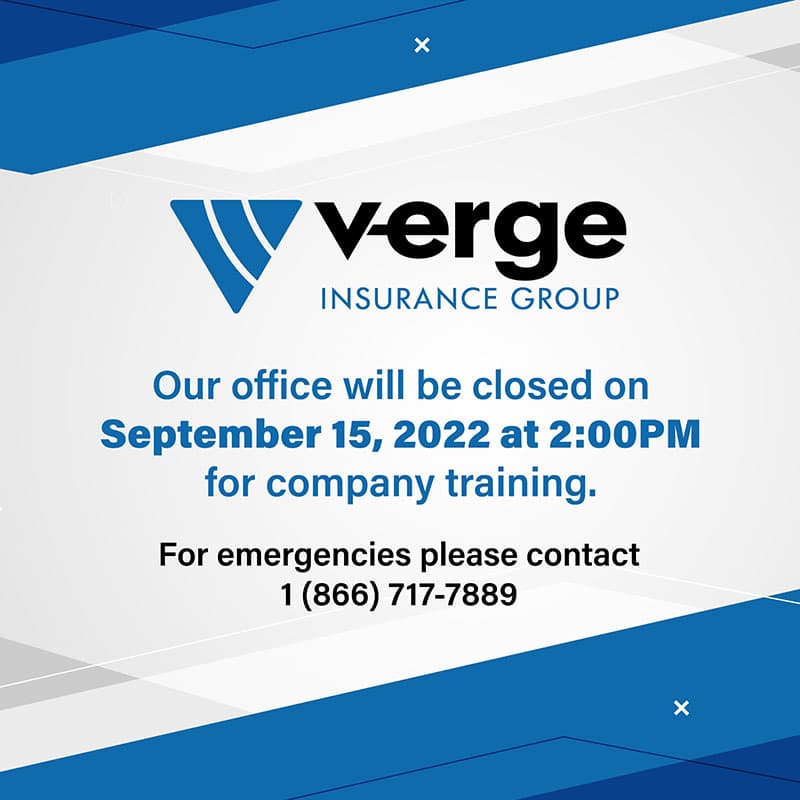
Insuring Your New Car? Consider These 6 Critical Tips
June 19, 2023
You’ve researched your car options for several weeks and have finally decided on the perfect make and model. The winner is a brand-new SUV with glowing safety ratings and excellent customer reviews. One day as you’re driving that new SUV to work, something terrible happens. The driver of a truck decides to quickly check a text message, takes his eyes off the road and slams into the back of your new vehicle.
You’re heartbroken and a little sore, but otherwise uninjured due to your seat belt and air bags. Your brand-new SUV, however, didn’t do as well. The insurance company determines that it’s a total loss.
Most new car owners hope this situation never happens, but when it does, having the right coverage in place is key. Determining what type of coverage is best isn’t always easy, however. Check out these six helpful tips to help you decide.
1. Know your insurance company’s rules about new-vehicle coverage. Do you have other vehicles insured with the same insurance company? If so, it’s possible that coverage extends to your new vehicle for a limited number of days. For example, an insurance company might allow coverage on a replacement vehicle up to 30 days after purchase. The type of coverage provided is typically what you have on the prior vehicle. Talk with your insurance professional prior to making the purchase to understand coverage rules and limitations.
2. Understand the basic types of new car insurance coverage. A basic amount of coverage is required by provincial law and finance companies. Understanding the types of coverage offered can help you determine which is best. Here are typical types of coverage to consider on a new vehicle purchase:
- Third party liability. This is defined per accident and designed to cover bodily injury and property damage caused to others when you’re responsible for the accident. For example, let’s say that you accidentally fail to stop at a red light and hit a vehicle. Liability insurance would cover the damage resulting from the incident. If you hit a city sign, this coverage would also cover those costs. This coverage, however, does not include damage to your vehicle, which is paid under collision insurance.
- Accident benefits. This set of benefits typically includes medical payments, disability income, funeral expenses and death benefits, as defined by the policy.
- Uninsured or underinsured motorist protection. This covers costs associated with an accident should the person at fault not have auto insurance, or not have enough.
- Collision. This coverage protects repairs to your vehicle after an accident.
- Comprehensive. This covers the cost if your car is stolen or damage occurs outside of a typical collision.
Most provinces only require the first two — third party liability and accident benefits — but with a new vehicle purchase, you will want to consider the other coverages so you have full protection.
3. Check provincial insurance laws. All provinces require some type of car insurance, but your province’s insurance and coverage requirements vary substantially and can be found online. Your insurance broker is your best resource, as he is well-versed in these requirements.
For instance, Ontario and Alberta require that vehicles carry $200,000 in liability coverage. This is the amount available for any one accident; however, if a claim that involves both bodily injury and property damage exceeds this limit, payment for property damage will be capped at $10,000. It’s very easy to have an “underinsured” situation if the person who hits you carries only provincial limits. They can cap out on property damage and leave you with too little to replace or repair your damaged vehicle, where there is no direct compensation, making uninsured/underinsured coverage a valuable option.
Provinces also differ in how they handle claims. Under Quebec’s pure no-fault system, drivers are not allowed to sue, while Ontario has a no-fault system that allows lawsuits under certain circumstances. Manitoba has a pure no-fault system while Saskatchewan offers both options to its drivers. The remaining provinces all have tort-based systems.
4. Understand the bank’s insurance requirements. Most finance companies require that vehicle owners carry collision and comprehensive coverages. The lender has a vested interest until the vehicle is paid in full, which is why they have special insurance requirements to protect their loan.
5. Select the right deductible. The deductible is the amount that you will pay to repair your vehicle.
Let’s says you damage your new car. You take it to the auto body shop and they estimate damages are $2,500. You have a $500 deductible, so you pay the first $500 and the insurance company picks up the rest of the tab.
A higher deductible decreases the premium, so it’s tempting to elect higher deductibles. Financing companies, however, have rules about deductibles and typically won’t allow you to raise deductibles much higher than $500.
6. Check into gap insurance. A new car typically depreciates as soon as you drive it off the lot. As a result, if you total your car, a situation may occur where you owe more on the vehicle than it’s worth. Let’s say that the replacement cost is $20,000, but you owe $23,000 on the vehicle. You’re on the line for that $3,000 difference after the claim is closed. Gap insurance will cover the difference so you aren’t left holding additional bills.
Moving forward with greater safety
Purchasing a new car is exciting, and car insurance is an important consideration before driving the car off the lot. Carefully considering what types of insurance are required and the right protection levels for you and your new car is worthwhile and provides greater peace of mind should an accident take place in the future.
We are more than happy to explain the coverage options that are most suitable for you.
Contact us to learn more
